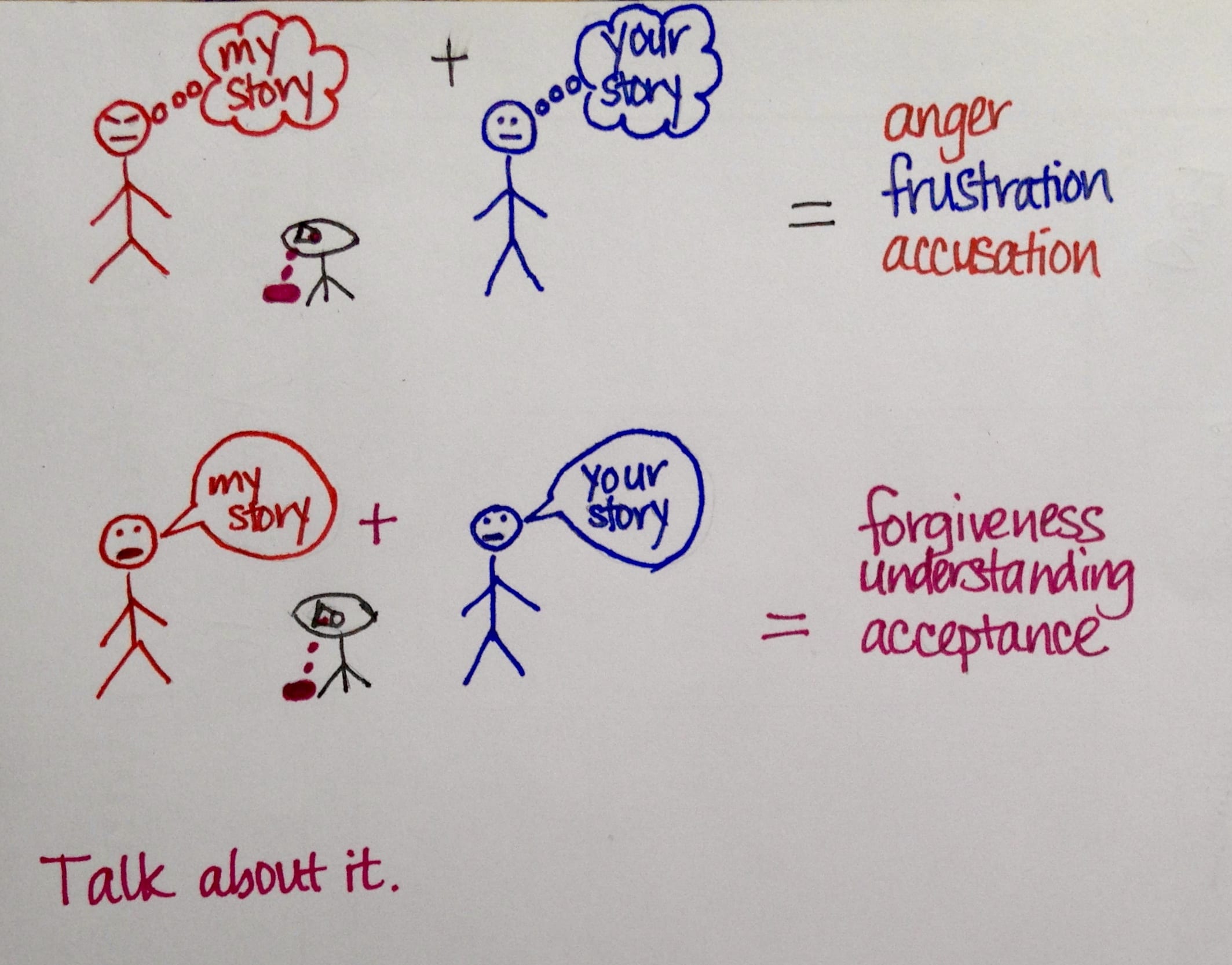Important Gender Differences in Values and How We Can Help Teens Break Them Down
“If you change the way you look at things, you will change the things you see.” Dr. Wayne Dyer
Dr. Wayne Dyer was an educator and author of dozens of books on individual development and spirituality. He was well-known for his research regarding what motivates us and how we can live our most closely held values. Whether or not you ascribe to his spiritual beliefs, one portion of his research strikes me as something that educators and parents can use to understand their adolescents better and perhaps spur conversations with them.
He looked at what drives young men and women in our culture and discovered what I think are some incredible differences that might explain some common communication issues and give us a window in to just how much we are influenced by the underlying values our society tells us we should have.
The table below illustrates the top five motivating factors broken down by gender*.
Boys/Men Girls/Women
Wealth Family
Adventure Independence
Achievement Career
Pleasure Fitting In
Respect Physical Attractiveness
What I find most interesting about these responses is that, for boys and men, all but one of the things on their list is determined by external factors. With the exception of pleasure, everything on that list depends on how other people see them. Looking at it this way, it’s no wonder that adolescent boys feel pressured to perform and appear capable and competent and wear that mask nearly all the time.
For girls and women, the first three items are naturally in conflict with each other. In our world, having a family and a career and finding independence are nearly incompatible, and while those factors are associated with internal motivation, the last two definitely show that women and girls have a keen eye on cultural expectations as well.
Armed with this information (and knowing that every person is different, so not all of these will apply to the teenager you might have in mind), we can begin to think about the kind of pressure our kids are under to live up to their ideas of what is or should be most important to them. Seeing kids through the lens of the cultural messages they are sent every day can offer us ways to talk to them about why certain things are important and whether there is a way to reframe their values to express their individual desires and interests.
One way to begin is to have them think about the times when they are so caught up in an activity that they forget about the outside world. What are the things that they bend over backward to make time for? What can they not imagine doing without – their guitar or sketchpad or the local library? What is it about those things that are so compelling – is it the time alone, the opportunity to be creative, the feeling of accomplishment, the challenge? After a while, we can encourage our kids to begin looking at the ways they spend their time and energy and slowly shift them to become more in alignment with their own personal values rather than being in service to some external idea of who they should be.
*I don’t generally deal in stereotypes, but I do think it’s important to look at trends and use them as a springboard for further exploration in to the things that influence us without us really recognizing it. I believe that these responses reflect some pretty powerful cultural mores and by acknowledging them, we can begin to change them.







Wondeful message Kari.. Thank you 🙂 Wayne Dyer great resource too